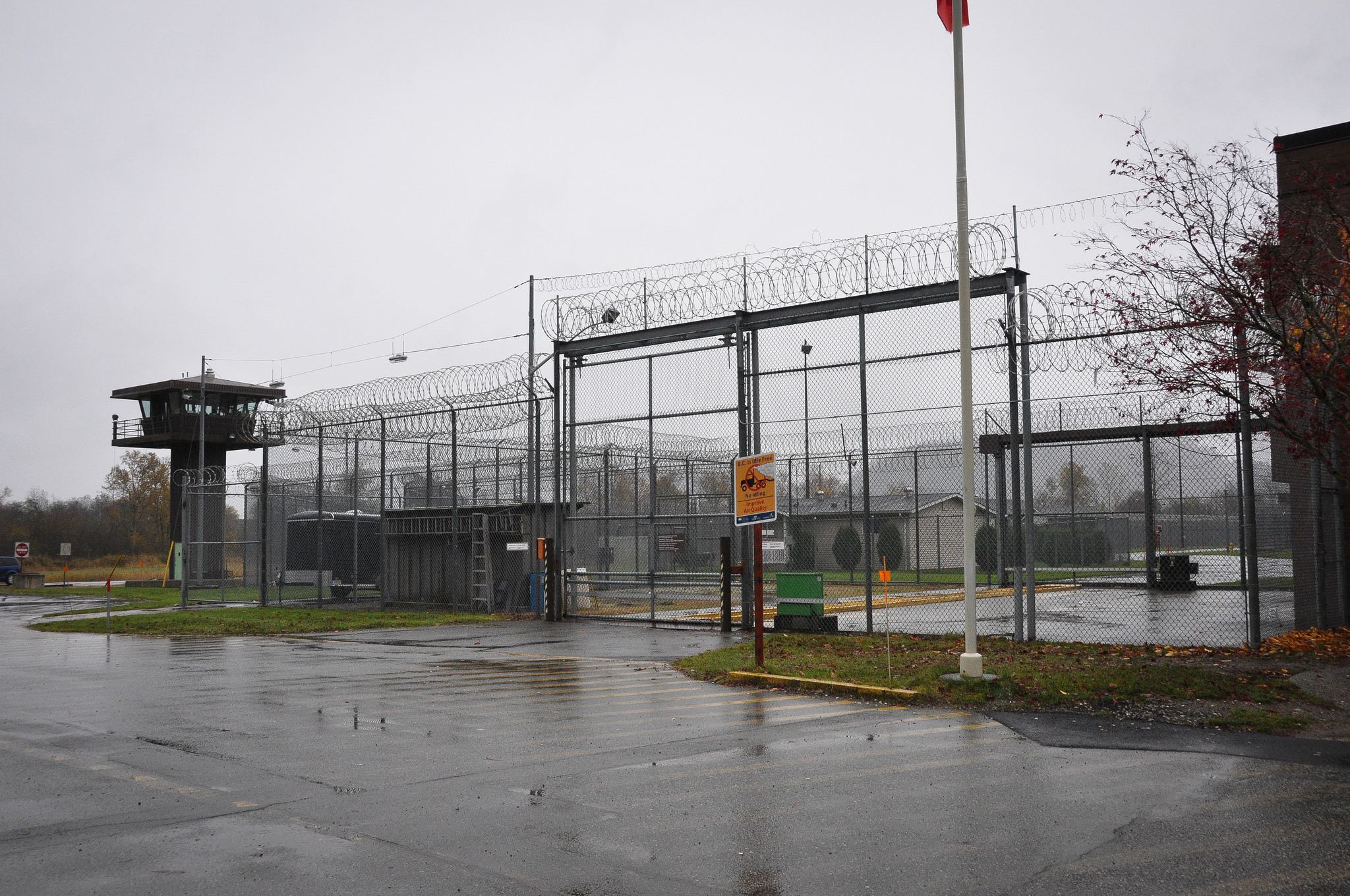
Background
McGray was born in Collingwood, Ontario, but grew up in Argyle, Nova Scotia. According to his own account, he was beaten by his alcoholic father and physically and sexually abused in a reform school for boys in Shelburne, NS. “I used to kill animals and get in fights all the time at school,” McGray claimed. As a boy, he became fascinated with true crime stories about serial killers.
For years, McGray was a drifter, moving from town to town. He fell into a criminal lifestyle and was in and out of prison. He once disappeared for more than a year while on parole.
Hicks Murders
In the winter of 1998, police in Moncton, New Brunswick, acting on a tip from an informant, found the body of Joan Hicks and her 11-year-old daughter, Nina, in a basement apartment. Joan had been stabbed multiple times, and her throat had been cut. Nina had been strangled.
McGray was arrested and charged with the murders. He pleaded guilty to Joan Hicks’s murder but denied killing the child. He said he and another man had been looking for victims after a night of indulging in cocaine. The charge against McGray for Nina’s death was temporarily stayed, but he was ultimately convicted of both murders. He was sentenced to life imprisonment.
A Killer’s Deal
In an attempt to obtain better living conditions for himself in prison, McGray wrote to the Crown prosecutor in Moncton and spoke to police investigators, claiming he had committed numerous other killings. He said the police would never be able to solve those murders without his help. Among the demands he made in return for his co-operation were psychiatric treatment for himself, and immunity from prosecution for two alleged accomplices, one of whom was a girlfriend he refused to identify.
McGray also did not want to be charged with the murders because, as he said, he could only serve one life sentence. The police and Crown refused to make deals with McGray. However, he was subjected to a 60-day intensive psychiatric evaluation. According to an assessment report, he was afflicted by a severe form of Tourette syndrome (a condition causing sudden, involuntary vocal and muscle tics) that was a cause of his irresistible urge to kill.
Still hoping to negotiate with authorities, McGray began to give details of his alleged crimes to police and to reporters who interviewed him in the Atlantic Institution at Renous, NB.
Tucker Murder
McGray said his first victim was 17-year-old Elizabeth Gail Tucker of Nova Scotia. She had disappeared in 1985 while on her way to a new job at the fish plant in Digby, NS. Her body was found near Digby about a month later. She had been stabbed to death.
McGray said he and a friend were in a truck when they picked up Tucker hitchhiking on a country road. They tried to force her to have sex with them, and then McGray killed her. An exhaustive RCMP investigation uncovered evidence that corroborated McGray’s story, and he was convicted of Tucker’s murder.
Additional Murders
McGray claimed that he could help police close the books on unsolved murders in Halifax, Saint John, Moncton, Montréal, Toronto, Ottawa, Calgary, Vancouver and Seattle, Washington. Most of his alleged victims were gay men, sex workers and homeless drug addicts. He couldn’t recall exact dates, but said he remembered details. “Half of the fun for me is remembering the details,” he told the Globe and Mail newspaper in March 2000.
McGray also said that his urge to kill was “like a craving or hunger…It’s something I have to do. It gets to a point where I just can’t control it anymore.”
An investigation led to McGray’s conviction for the stabbing death of Mark Daniel Gibbons in Saint John in 1987. Gibbons had been McGray’s accomplice in a botched taxi driver robbery.
McGray was also convicted of the 1991 murders of Robert Assalay and Gaeten Ethier, who had been known to patronize gay bars in Montréal. Their deaths by stabbing had raised fears in Montréal that a serial killer was stalking gay men. At the time of those murders, McGray was on a three-day pass from prison.
Murder in Prison
McGray had boasted that imprisonment wouldn’t stop him from killing. Nonetheless, in 2010 he was transferred from the maximum-security Kent Institution at Agassiz, British Columbia, where he had a single-occupancy cell, to the adjacent medium-security Mountain Institution, where most inmates were double-bunked. Although McGray had applied for the transfer, he had twice refused it when told he would be double-bunked. Because of McGray’s reputation, his arrival at Mountain Institution was met with dread by both staff and inmates.

McGray was housed in a cell with Jeremy Phillips, who was serving a term for aggravated assault. On 21 November 2010, McGray tied Phillips up with strips of torn bedsheet, beat him, stuffed a sock down his throat and strangled him. Phillips lay dead in the cell for hours before McGray called the guards’ attention to the body. McGray immediately admitted to the murder. He said Phillips had wanted to stage a “hostage-taking” situation. That story was unlikely because Phillips would have been eligible for parole in six weeks.
In an internal review conducted by the Correctional Service of Canada, three inmates from the Mountain Institution stated that Phillips had feared McGray and had begged guards to be put in another cell. Prison officials insisted that, after a thorough assessment, they had determined it was safe to put the two men together.
Aftermath
Phillips’s parents filed a lawsuit against the Correctional Service of Canada for reckless indifference and negligence. The suit was settled out of court in 2012.
An inquest was convened in British Columbia to examine Phillips’s death. The coroner’s jury recommended that prisons across Canada should consider housing multiple murderers in their own cells.
McGray was later transferred to the super-maximum-security institution at Sainte-Anne-des-Plaines in Québec.

 Share on Facebook
Share on Facebook Share on X
Share on X Share by Email
Share by Email Share on Google Classroom
Share on Google Classroom


